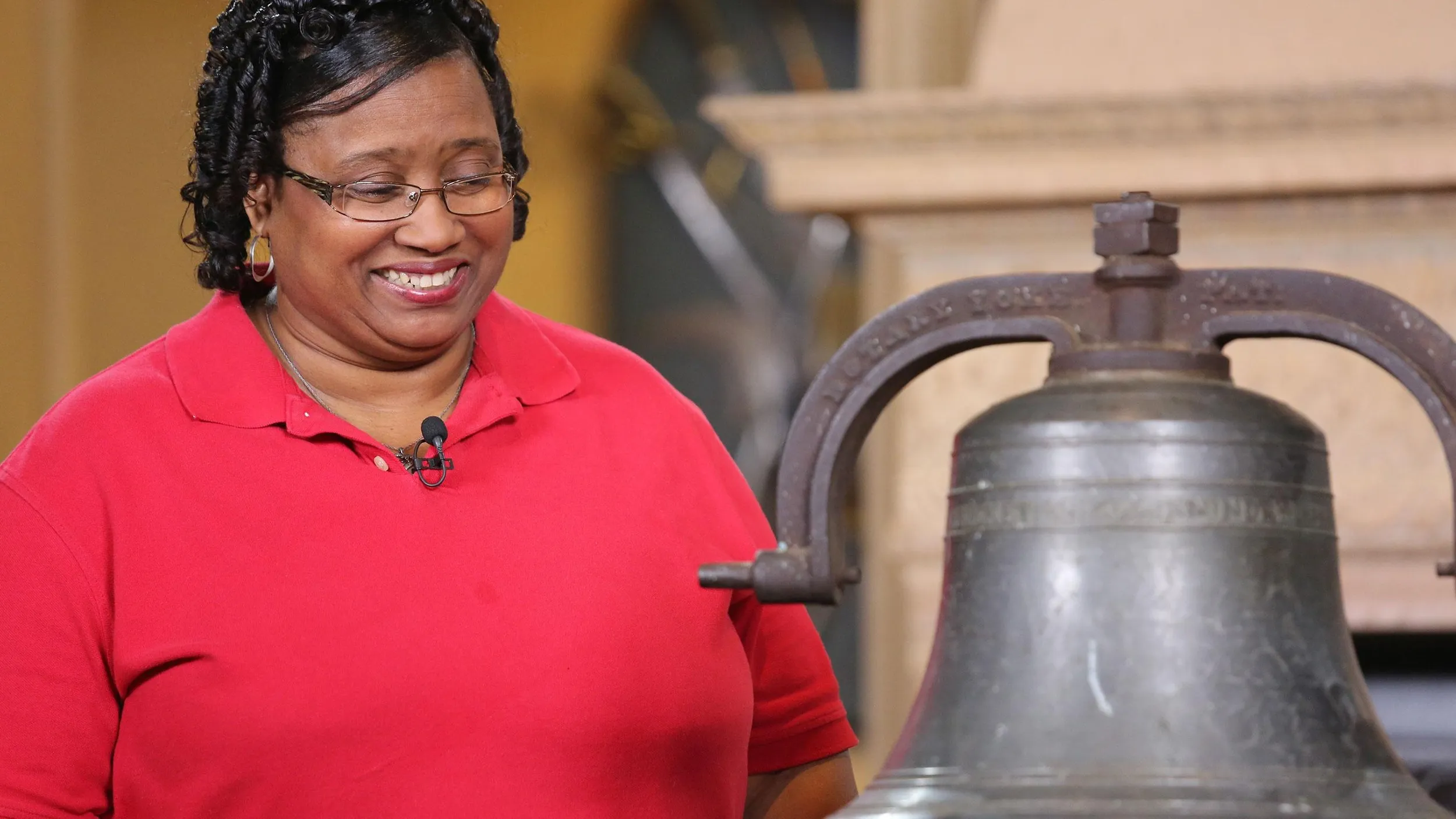1944 Quincy Tahoma "Buffalo Charge" Gouache

$2,500 - $3,500 Auction
Photos

Featured In

episode
Philbrook Museum, Hour 2
Experience outstanding Oklahoma appraisals at Philbrook Museum—plus a $30k-$50k find!
Understanding Our Appraisals
Placeholder
ANTIQUES ROADSHOW'S Season 29 tour is underway! See where we're going

$2,500 - $3,500 Auction


episode
Experience outstanding Oklahoma appraisals at Philbrook Museum—plus a $30k-$50k find!
Placeholder
A weekly collection of previews, videos, articles, interviews, and more!
Funding for ANTIQUES ROADSHOW is provided by Ancestry and American Cruise Lines. Additional funding is provided by public television viewers.
ANTIQUES ROADSHOW is a trademark of the BBC and is produced for PBS by GBH under license from BBC, Worldwide. PBS is a 501(c)(3) not-for-profit organization.
A weekly collection of previews, videos, articles, interviews, and more!